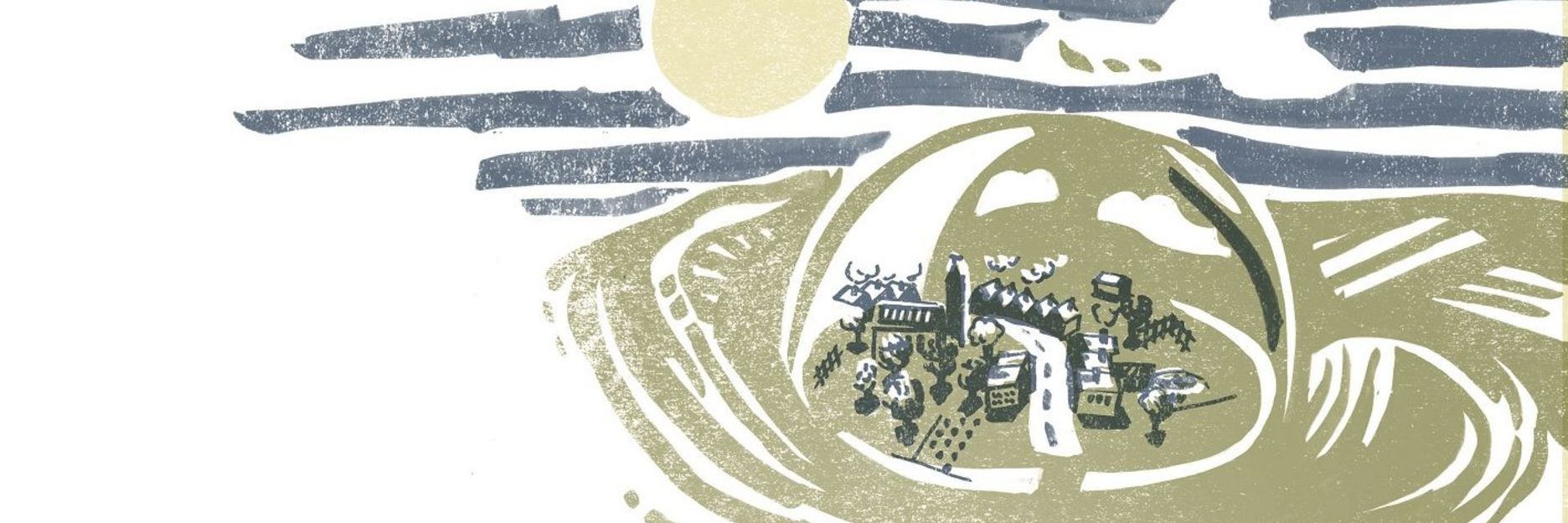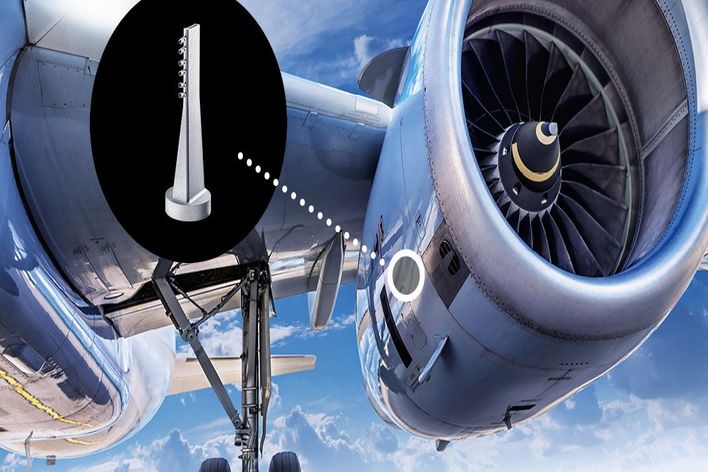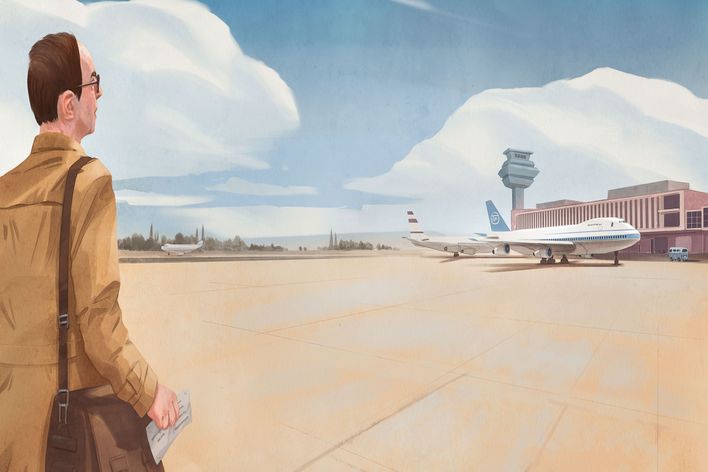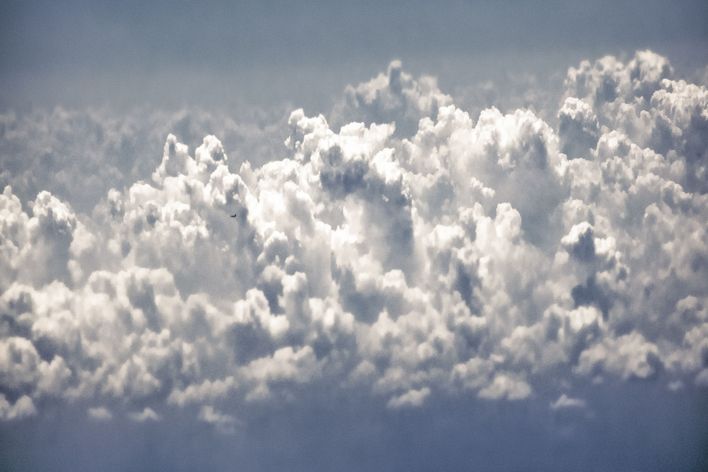The name Stephen King is not something you normally associate with lasers. It’s more likely to prompt visions of clowns, zombies and psychopaths. That’s the stuff this famous author’s horror stories are made of – and the source of sleepless nights for so many of his readers! But take a moment to consider whether, and how, King’s fictional worlds could ever become reality, and suddenly we see a link to the laser, at least insofar as it is a real tool that produces results which, at first glance, you would think were fictional. I admit that sounds confusing, so let me give you an example. (Spoiler alert!)
One peaceful October morning in Stephen King’s 2009 novel Under the Dome, a group of aliens places a kind of glass dome over the small town of Chester’s Mill, creating an impenetrable barrier that cuts off the inhabitants from the outside world. Violence gradually escalates in this confined environment, eventually leading to a devastating explosion that ends up killing almost everyone in the town. The few survivors are assisted by the military outside the dome who make a valuable discovery when blasting the dome with air from industrial fans: it turns out to be permeable to tiny, molecular-sized particles, allowing a slight flow of air to make its way through the barrier.
Using laser technology, it is actually possible to machine glass in such a way that it takes on similar properties to that of King’s glass dome. This is referred to by experts as perforation, because the glass is perforated with numerous tiny holes, a bit like a coffee filter.
Recently, I read in the paper that the most important building material of our time – one we use to make buildings, streets, glass and even toothpaste – is running out. Yes, time is running out for sand! Perhaps surprisingly, one alternative could be moon dust. NASA scientists have discovered that concrete made from lunar dust would actually be cheaper and more durable than conventional concrete. So it’s time to head to the Moon, which is probably best since we are running short of space on Earth anyhow. FICTION? In 2021, researchers at Laser Zentrum Hannover (LZH) are aiming to launch the Moonrise project, which will send a lunar rover to Earth’s closest celestial neighbor. Its mission will be to form building materials from moon dust in order to lay the foundations for a moon village – a kind of human outpost in space. The lunar rover is equipped with a real tool that produces results which, at first glance, you would think were fictional.





